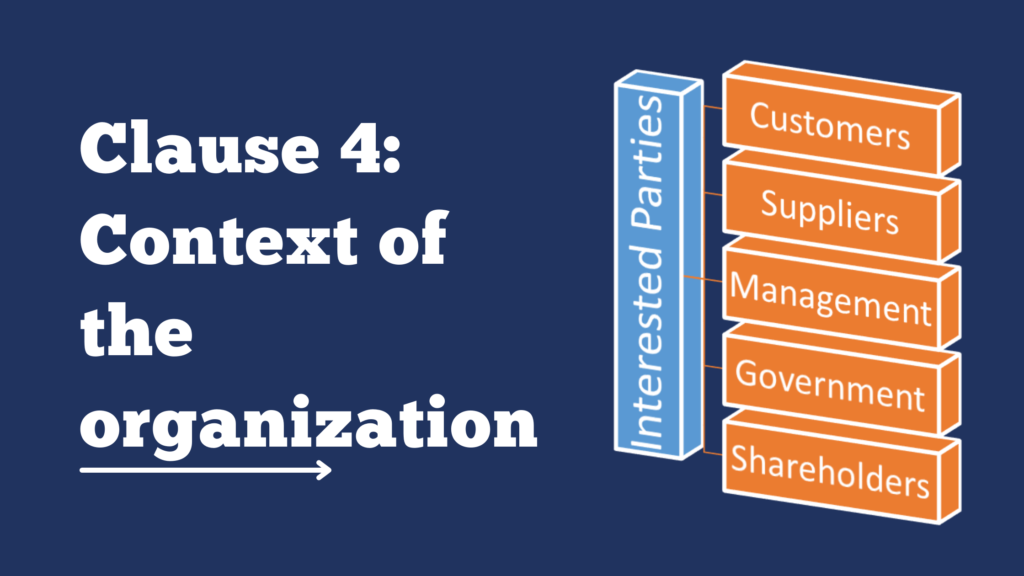This Is Actually How PDCA Cycle Brings Significant Continuous Improvement

What is PDCA Cycle?
PDCA stands for Plan-Do-Check-Act sometimes also called PDSA Plan-Do-Study-Act is a simple concept of bringing continuous improvement in any organization.
The concept of the PDCA Cycle is usually associated with Dr. Edward Deming who was an American scientist, engineer, and management consultant. This is why PDCA Cycle is also known as Deming Cycle. However, Dr. Edward Deming always referred to this concept as Shewart Cycle referring to another American scientist, engineer, and management consultant Walter A. Shewhart. The contribution of both of these scientists is tremendous in the building of Japan after World War II in bringing Japan on the road to progress and industrial revolution which is often termed as “economic miracle”!
Why PDCA?
- Simple to understand and easy to implement
- Can be applied to any process, objective, task, company, industry!
- It is continuous and cycling process, it never stops bringing improvement.
- It can be integrated to lean, kaizen, Kanban and more
Explanation about PDCA Cycle:
The PDCA cycle consists of four steps Plan,
Planning: Planning is the careful estimation of how to carry out the work we are going to do. Here we set objectives.
Do: Do is the execution of the planning. In this step, we are going to do what we have planned and try not to deviate from that planning, and once completed we can move to the next step. During this step, we must also collect the data of our work.
Check: This is the 3rd step in which we are going to analyze and evaluate and answer the questions that “Do we exactly do what we have planned?” The answer to which can be “Yes” if the execution is what we planned, or “No” in case of deviation from the planning. So from the data collected in step two, we can outline the points where we deviated from the planning.
Act: In this step, we are going to take action on the deviations that we observed between our planning and execution. Then, we are going to minimize the differences.
Example:
Planning: I have planned that I have to go from Los Angeles to Las Vegas in four hours. This is my objective. Further, I can also plan the mode of travel or vehicle (i.e. car), route (I-15).
Do: In this step, I will start traveling from Los Angeles to Las Vegas from my car taking the route I-15, and try to reach within 4 hours. During the travel, I will also be monitoring my performance parameters like speed, the correctness of route, travel kilometers, stops, etc.
Check: This is the 3rd step in which we are going to analyze and evaluate and answer the questions that “Do we exactly do what we have planned?”. So let’s say after assessment of our trip we found out that we arrived late and, upon investigation, we concluded that we arrived late due to the traffic, now its time for action!
Act: In this step, we are going to take action on the root cause identified in the 3rd step i.e. arriving late due to traffic. So in this step, we will be going to take action on it by either changing the route or by changing the departure time of the trip. Hoping that this time our execution will not deviate from our planning. And then re-plan the trip, and the cycle of improvement goes on and on.
Plan-Do-Check-Act Example from Engineering Industry:
So if you think the above-mentioned example is so simple, let me present a practical example from the industry that I have observed myself:
Planning: The production department has planned to make 4000 screwdrivers per day using 3 machines and with a workforce of 20 people.
Do: In this step, the production department will start the work and will try to make 4000 pieces using 3 machines and 20 people within 24 hours. They will also be monitoring their performance on an hourly basis, marking attendance to ensure complete availability of workforce, keep the machines running with no breakdowns.
Check: At the end of 24 hours there can be two situations:
- The objective of production of 4000 parts /day will be achieved in this situation the management will try to improve it further by increasing the production target a little more and checking if we can achieve it.
- Or the objective of 4000 pieces per day will not be achieved, in this way the management, the quality along with production will sit together and do root cause analysis of where the situation went out of the way, for the case of this example, we can say that the root cause came out to be “machine breakdown”
Act: In this step, we are going to take action on the root cause identified in the 3rd step i.e. so to avoid machine breakdown we will do preventive maintenance of machines so that we will not see further breakdowns and can complete the daily target.
Remember not to stop at step 04, PDCA model is a continuous process, when you plan-do-check-act then you start again from planning to bring further improvement and this process never stops, because there will always be room for improvement.
PDCA in ISO 9001:2015 Quality Management System:
The ISO 9001:2015 standard is based on the PDCA cycle, not only this standard but other standards like ISO 14001:2015, ISO 45001:2018, ISO 27001:2013 are also based on this. How the clauses of ISO standard is speeded on the plan-do-check-act is mentioned below:
- Plan: Clause 6. Planning – Setting objectives and planning to achieve it
- Do: Clause 7 Support – Identification and arrangement of resources like infrastructure, HR, environment for operations, monitoring and measuring resources, training, intellectual knowledge for product making, documentation, Clause 8 Operations – handling customer inquiries, procurement, supplier evaluation, purchasing, preservation, post-delivery activities, the release of products
- Check: Clause 9. Performance Evaluation – monitoring, measurement, analysis and evaluation, internal audit, management review
- Act: Clause 10. Improvement – nonconformity and corrective action, continual improvement
Conclusion:
PDCA Plan-Do-Check-Act cycle, also called as PDSA Plan-Do-Study-Act cycle, initiated by Dr. Shewart and promoted by Dr. Deming is easy to understand but very technical to implement the methodology of continuous improvement on which world’s most widely implemented standard ISO 9001:2015 is based upon.



